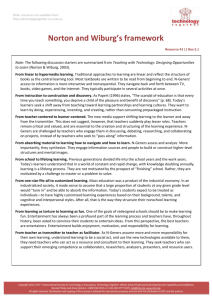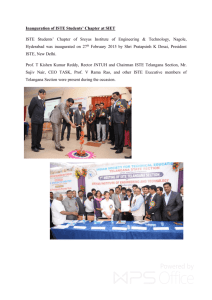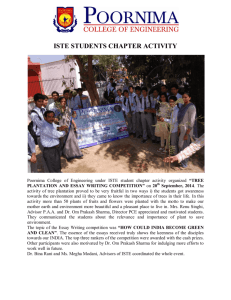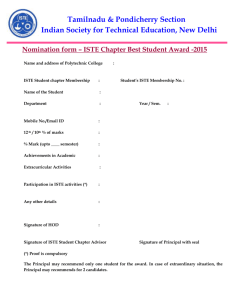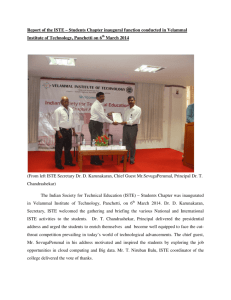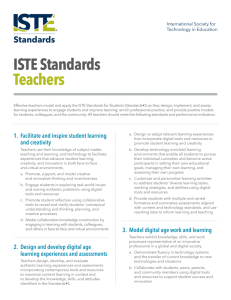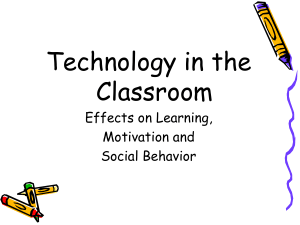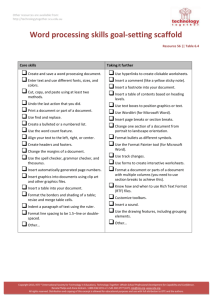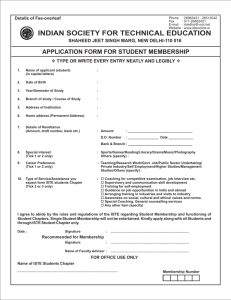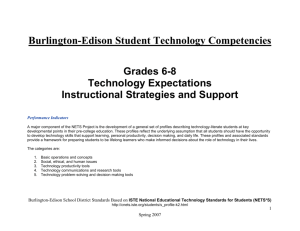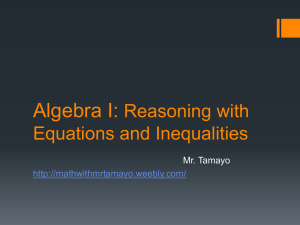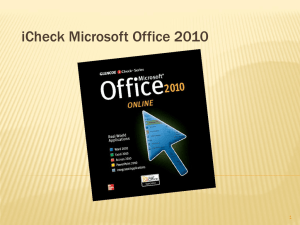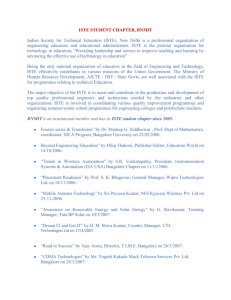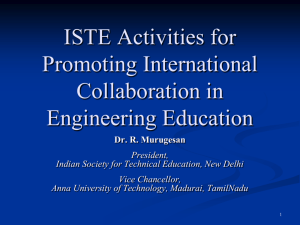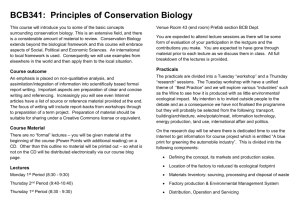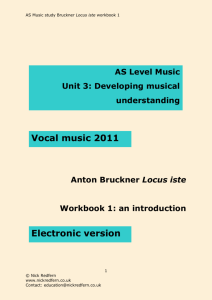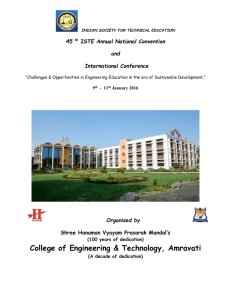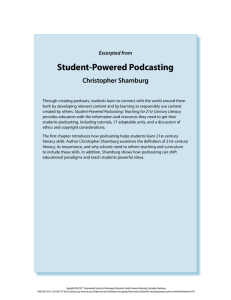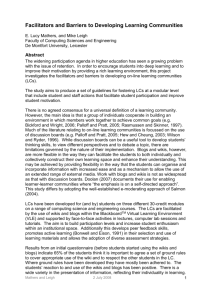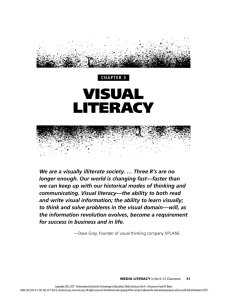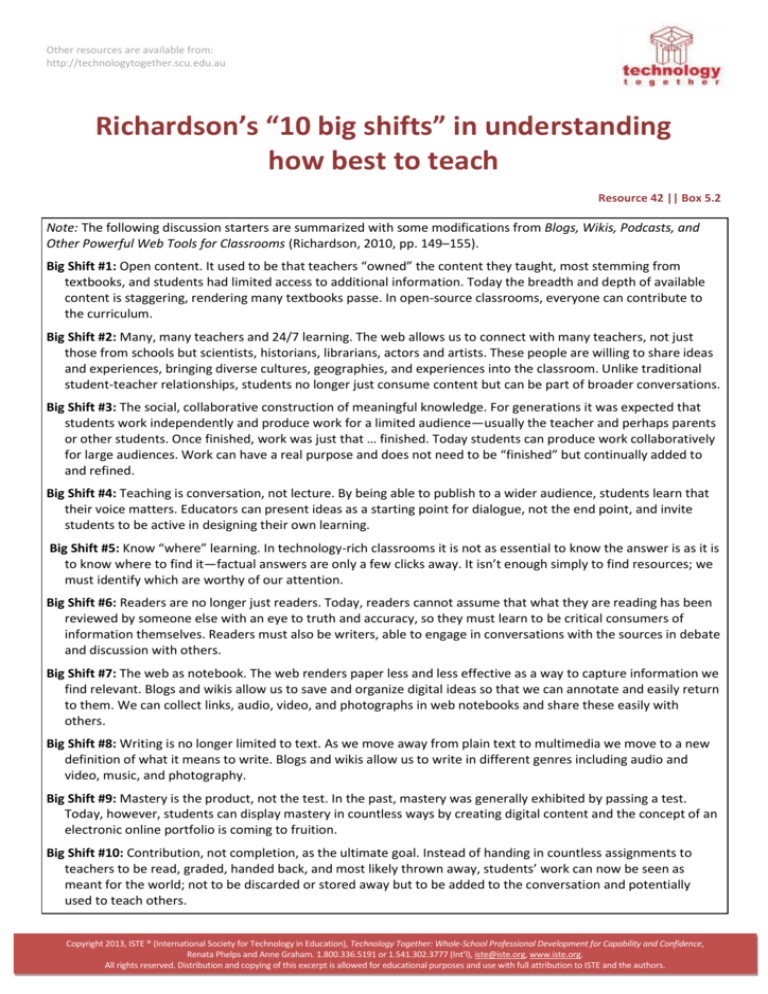
Other resources are available from:
http://technologytogether.scu.edu.au
Richardson’s “10 big shifts” in understanding
how best to teach
Resource 42 || Box 5.2
Note: The following discussion starters are summarized with some modifications from Blogs, Wikis, Podcasts, and
Other Powerful Web Tools for Classrooms (Richardson, 2010, pp. 149–155).
Big Shift #1: Open content. It used to be that teachers “owned” the content they taught, most stemming from
textbooks, and students had limited access to additional information. Today the breadth and depth of available
content is staggering, rendering many textbooks passe. In open-source classrooms, everyone can contribute to
the curriculum.
Big Shift #2: Many, many teachers and 24/7 learning. The web allows us to connect with many teachers, not just
those from schools but scientists, historians, librarians, actors and artists. These people are willing to share ideas
and experiences, bringing diverse cultures, geographies, and experiences into the classroom. Unlike traditional
student-teacher relationships, students no longer just consume content but can be part of broader conversations.
Big Shift #3: The social, collaborative construction of meaningful knowledge. For generations it was expected that
students work independently and produce work for a limited audience—usually the teacher and perhaps parents
or other students. Once finished, work was just that … finished. Today students can produce work collaboratively
for large audiences. Work can have a real purpose and does not need to be “finished” but continually added to
and refined.
Big Shift #4: Teaching is conversation, not lecture. By being able to publish to a wider audience, students learn that
their voice matters. Educators can present ideas as a starting point for dialogue, not the end point, and invite
students to be active in designing their own learning.
Big Shift #5: Know “where” learning. In technology-rich classrooms it is not as essential to know the answer is as it is
to know where to find it—factual answers are only a few clicks away. It isn’t enough simply to find resources; we
must identify which are worthy of our attention.
Big Shift #6: Readers are no longer just readers. Today, readers cannot assume that what they are reading has been
reviewed by someone else with an eye to truth and accuracy, so they must learn to be critical consumers of
information themselves. Readers must also be writers, able to engage in conversations with the sources in debate
and discussion with others.
Big Shift #7: The web as notebook. The web renders paper less and less effective as a way to capture information we
find relevant. Blogs and wikis allow us to save and organize digital ideas so that we can annotate and easily return
to them. We can collect links, audio, video, and photographs in web notebooks and share these easily with
others.
Big Shift #8: Writing is no longer limited to text. As we move away from plain text to multimedia we move to a new
definition of what it means to write. Blogs and wikis allow us to write in different genres including audio and
video, music, and photography.
Big Shift #9: Mastery is the product, not the test. In the past, mastery was generally exhibited by passing a test.
Today, however, students can display mastery in countless ways by creating digital content and the concept of an
electronic online portfolio is coming to fruition.
Big Shift #10: Contribution, not completion, as the ultimate goal. Instead of handing in countless assignments to
teachers to be read, graded, handed back, and most likely thrown away, students’ work can now be seen as
meant for the world; not to be discarded or stored away but to be added to the conversation and potentially
used to teach others.
Copyright 2013, ISTE ® (International Society for Technology in Education), Technology Together: Whole-School Professional Development for Capability and Confidence,
Renata Phelps and Anne Graham. 1.800.336.5191 or 1.541.302.3777 (Int’l), iste@iste.org, www.iste.org.
All rights reserved. Distribution and copying of this excerpt is allowed for educational purposes and use with full attribution to ISTE and the authors.

